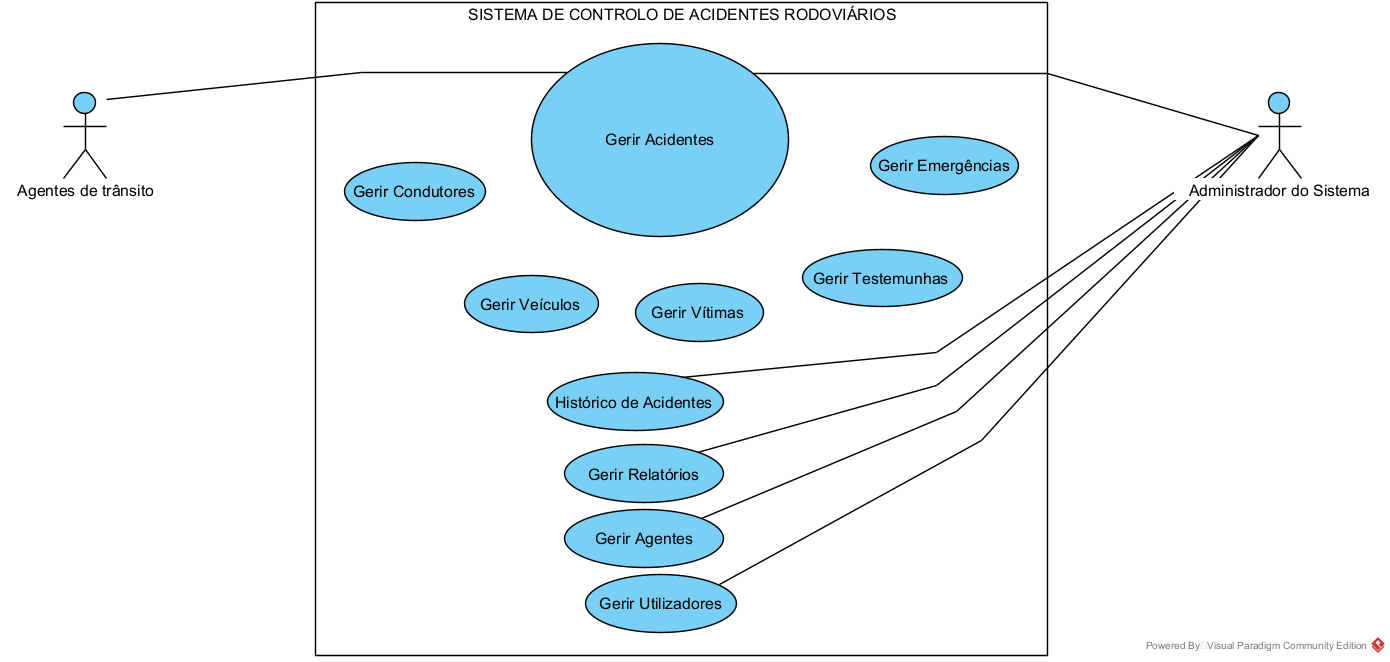

Hi
I’m pulling from the IBM documentation of the UML standards.
Include Relationships are where a base use case “includes the functionality of another use case (the inclusion use case).”
Example situations:
Extend Relationships can access and modify the attributes of the base use case; however, the base use case is not aware of the extension use case and, therefore, cannot access or modify the attributes and operations of the extension use case.”
Example situations:
I think the key for how I think about the difference, is that the “include” relationship is aware of the subprocess functionality and depends on it to complete its work.The “extend” relationship is doing something separate from or in addition to the base use case.
Does that help? Is there something else that would be helpful in trying to explain the nuance here?
A Lucid account is required to interact with the community. You will be redirected to the Lucid app to create an account.
A Lucid account is required to interact with the community. You will be redirected to the Lucid app to log in.
Enter your E-mail address. We'll send you an e-mail with instructions to reset your password.